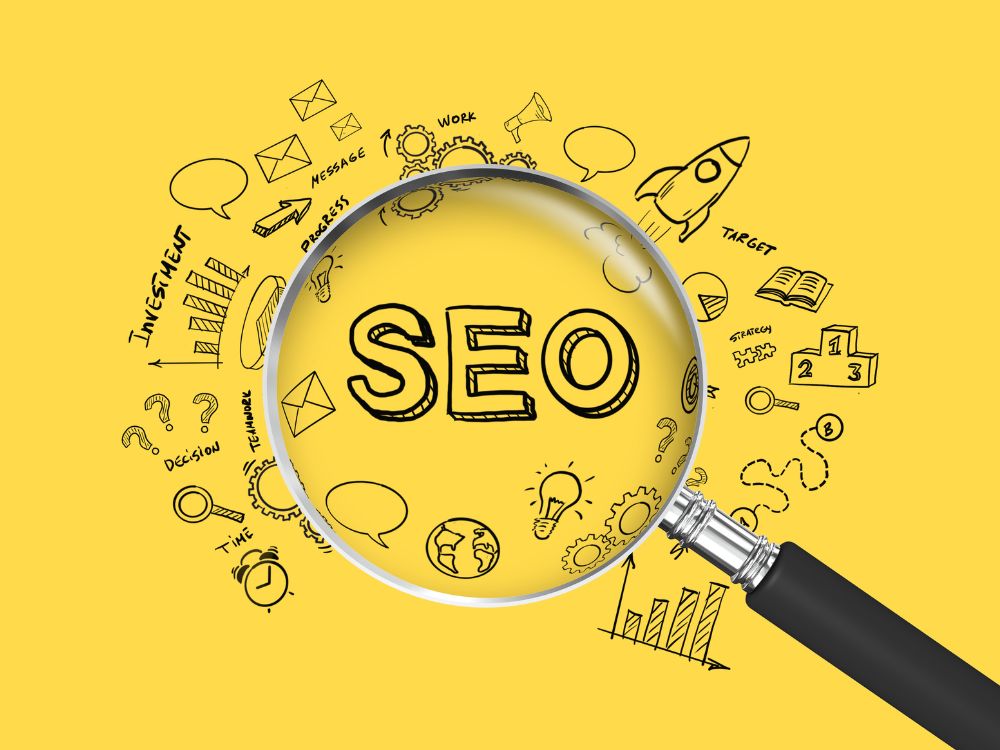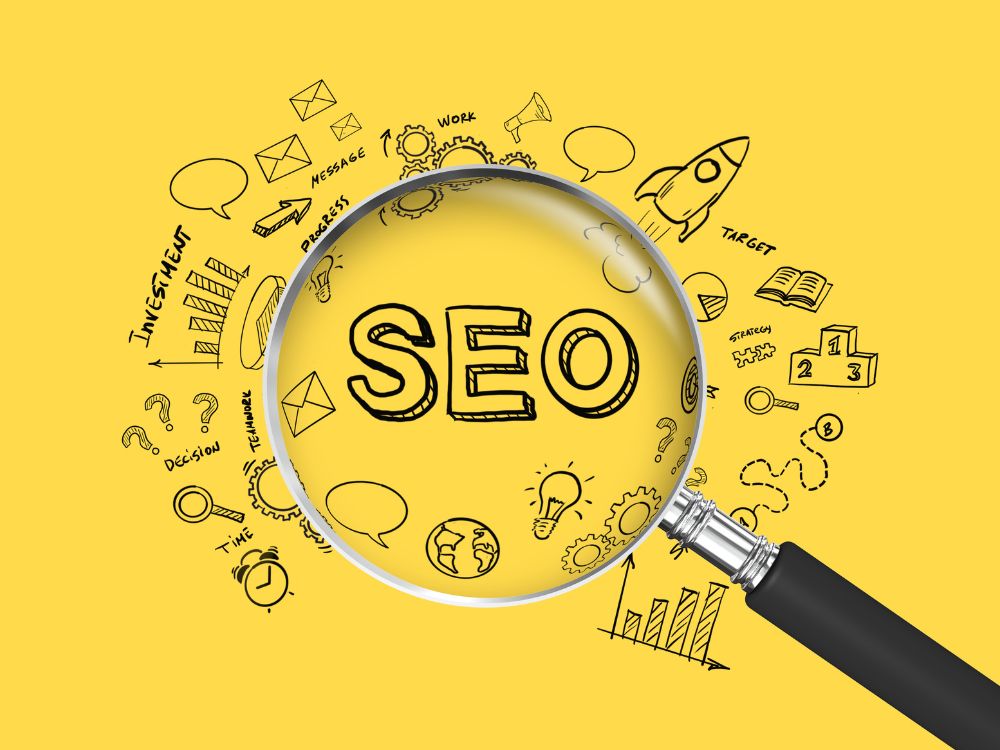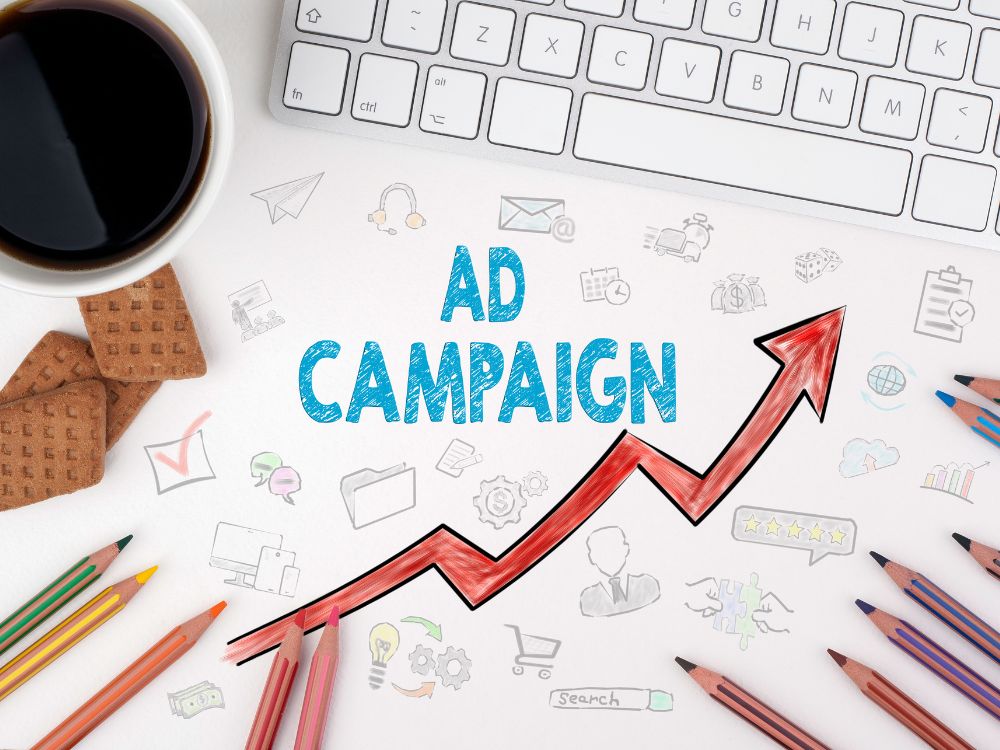
In today’s digital marketing landscape, a landing page plays a crucial role in converting website visitors into leads or customers. These focused pages are designed with a specific call to action (CTA) in mind, enticing users to take a desired action, like signing up for a newsletter, downloading an ebook, or making a purchase.
However, a common question arises: Can landing pages actually rank on Google search engine results pages (SERPs)? The short answer is YES, a landing page can rank on Google search engine results. However, we must consider the challenges of doing so since landing pages typically focus on conversions – thus it will almost always lack content and page backlinks. This article delves into the complexities of landing page optimization and explores the strategies to improve their visibility, while keeping conversion goals at the forefront.
In our previous article, we answered the question if wen can create a landing page without a website. Today we discuss if landing pages rank in Google.

Before diving into the intricacies of ranking on Google, it’s essential to establish a clear understanding of two key concepts: landing pages and Search Engine Optimization (SEO).
Landing pages are distinct from regular website pages. They are specifically designed with a singular goal in mind, often driving conversions like lead generation, sales, or app downloads. They typically have limited navigation options and a clear call to action, guiding users towards the desired outcome.
On the other hand, SEO refers to the practice of optimizing website content and structure to improve its visibility and ranking in search engine results. This involves various strategies, such as incorporating relevant keywords, building backlinks, and ensuring mobile-friendliness. Effective SEO helps organic traffic discover a website, increasing its reach and potential for conversions.
However, it’s important to understand that landing pages typically have a different optimization focus compared to traditional website pages. While ranking high in search results can be beneficial, it’s not always the primary goal for a landing page.
While landing pages offer undeniable benefits for driving conversions, their focus on achieving specific actions can present challenges when it comes to ranking highly on search engines like Google. Here are some key reasons why traditional SEO techniques might not be ideal for all landing pages:
Compared to informative website pages, landing pages typically contain less content. This is because their primary purpose is to capture leads or drive sales, not to provide extensive information. Search engines, however, often prioritize pages with rich and relevant content, making it difficult for landing pages with minimal text to rank competitively.
Building backlinks, or incoming links from other websites, is a crucial aspect of SEO. However, due to their focused nature, landing pages often receive fewer backlinks compared to other website pages. This can hinder their ability to gain authority and visibility in the eyes of search engines.
Landing pages prioritize conversion elements like clear calls to action, compelling visuals, and streamlined navigation. While these elements are essential for driving conversions, they might not be optimized for search engine indexing. This can lead to lower organic visibility despite strong user engagement.
Despite these challenges, it’s important to remember that landing pages still play a critical role in digital marketing strategies. The following sections will explore alternative strategies for increasing their visibility and potential for success.
While traditional SEO tactics might not be the best fit for every landing page, there are still ways to improve their visibility and reach your target audience. Here are some alternative strategies to consider:
While extensive content might not be ideal, incorporating relevant keywords within the landing page content and meta descriptions is still crucial. Targeting long-tail keywords with lower competition can help attract users searching for specific solutions, even if the page doesn’t rank highly for broader terms.
Search engines increasingly prioritize user experience (UX) when ranking pages. This means ensuring your landing page is mobile-friendly, loads quickly, and is easy to navigate. A positive UX experience can not only improve user engagement but also send positive signals to search engines.
Don’t solely rely on organic search to drive traffic to your landing page. Leverage other marketing channels like social media, email marketing, or paid advertising to reach your target audience directly. By promoting your landing page through various channels, you can increase its overall visibility and potential for conversions.
By implementing these strategies, you can make your landing pages more discoverable, even if they don’t rank at the top of search results. Remember, the ultimate goal is to convert visitors into leads or customers, and these alternative approaches can help you achieve that objective.
It’s crucial to remember that the primary purpose of a landing page is to drive conversions, not necessarily to achieve top rankings on search engines. While improving visibility can be beneficial, focusing solely on ranking might inadvertently compromise conversion optimization. Here’s why:
Landing pages with extensive content, optimized for search engines, might sacrifice clarity and conciseness. This can lead to information overload and ultimately distract users from taking the desired action, hindering conversion rates.
Chasing high rankings often involves targeting broad keywords, attracting users with varying intentions. However, landing pages thrive on attracting users with specific intent, aligned with the page’s call to action. Focusing solely on ranking might attract a broader audience, but not necessarily the most relevant or likely to convert.
Striking the right balance between informative content and clear calls to action is essential. Landing pages that prioritize ranking might include excessive information, diluting the call to action and reducing its effectiveness.
Therefore, it’s vital to prioritize conversion optimization strategies when designing and optimizing landing pages. This involves understanding your target audience, crafting compelling copy, and creating a user-friendly experience that seamlessly guides visitors towards the desired action.

While this article has highlighted the potential challenges of relying solely on traditional SEO for landing pages, it doesn’t mean ranking is entirely irrelevant. In fact, there’s immense value in adopting a combined approach that balances the pursuit of visibility with a strong focus on conversion optimization. Here’s how:
However, implementing this approach requires a strategic balance. The content and format of your landing page should still prioritize conversion, but incorporating relevant keywords and informative elements can enhance its potential visibility without compromising its primary function.
While organic search ranking might not be the primary focus for all landing pages, paid advertising offers an alternative method to drive targeted traffic and increase their visibility. Here’s how leveraging paid advertising platforms can benefit your landing pages:
However, it’s important to remember that paid advertising involves a cost. You’ll need to carefully consider your budget and campaign goals to ensure your investment generates a positive return. Additionally, creating effective paid advertising campaigns requires understanding the platform’s functionalities and best practices for crafting compelling ad copy and targeting strategies.

When it comes to evaluating the effectiveness of your landing pages, it’s crucial to move beyond solely focusing on their search engine ranking position. While achieving high rankings can be advantageous, it doesn’t necessarily translate to success in achieving your landing page’s primary goal, which is typically conversion. Here’s why relying solely on ranking data can be misleading:
Therefore, it’s essential to adopt a data-driven approach by analyzing various metrics, including conversion rates, user behavior, and ROI (return on investment) alongside ranking positions. This comprehensive approach provides a clearer understanding of how effectively your landing page is achieving its intended goals and allows you to make informed decisions for optimization and improvement.
This section addresses frequently asked questions (FAQs) related to landing pages and SEO:
A: The time it takes for a landing page to rank varies greatly depending on several factors, including competition, keyword difficulty, and the overall quality of your website and SEO efforts. It’s important to remember that achieving high rankings takes time and consistent effort, and focusing solely on ranking might not be the most effective approach for maximizing the effectiveness of your landing pages.
A: Ranking landing pages for highly competitive, generic keywords can be challenging due to the established authority of existing websites. However, targeting long-tail keywords with lower competition can still be effective in attracting users with specific search intent, potentially leading to higher conversion rates.
A: Yes, there are key differences between landing pages and website pages in terms of their SEO focus and purpose:
By understanding these distinctions, you can create landing pages that excel in their primary objective of driving conversions while still incorporating elements that enhance their visibility and support your overall SEO strategy.
In conclusion, while landing pages might not always claim the top spots in search engine results pages, they still hold immense value within a digital marketing strategy. By understanding the challenges and opportunities associated with their ranking potential, you can implement effective strategies that prioritize conversions while also considering visibility.
Remember, the ultimate success of a landing page lies in its ability to drive conversions and achieve its predefined goals. By focusing on crafting a clear value proposition, incorporating strong calls to action, and adopting best practices for design and user experience, you can create compelling landing pages that convert visitors into leads or customers, even if they don’t rank at the top of search results.
This approach allows you to strike a balance between achieving visibility and optimizing for conversions, ultimately contributing to the success of your overall marketing efforts.

Now that you’ve explored the complexities of landing pages and their ranking potential, it’s time to take action! Here are some ways to embark on your landing page optimization journey:
Remember, the key to landing page success lies in understanding your audience, creating compelling content, and optimizing for conversions. By taking the insights from this article and continuously refining your approach, you can transform your landing pages into powerful conversion machines, regardless of their ranking position.
Where Creativity Meets Simplicity - Customize with Ease! Forget about Coding and Enjoy Designing Your Website.